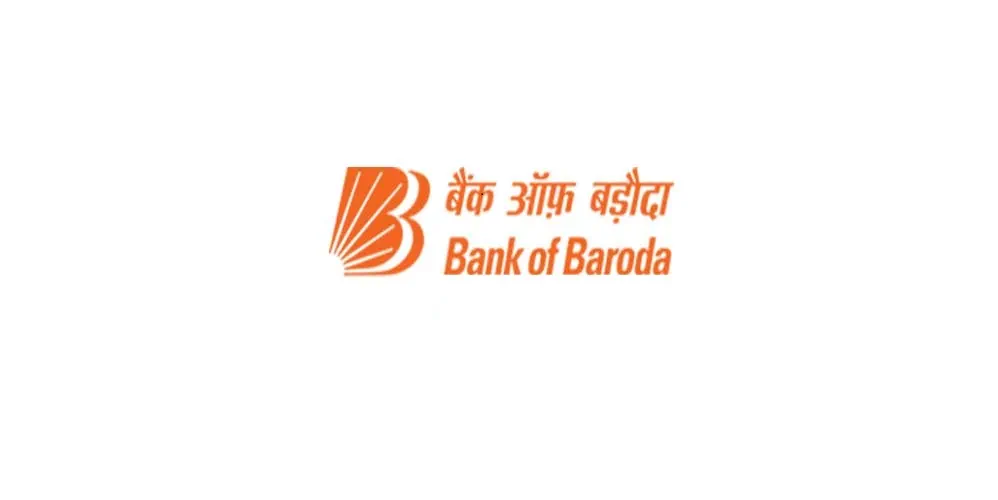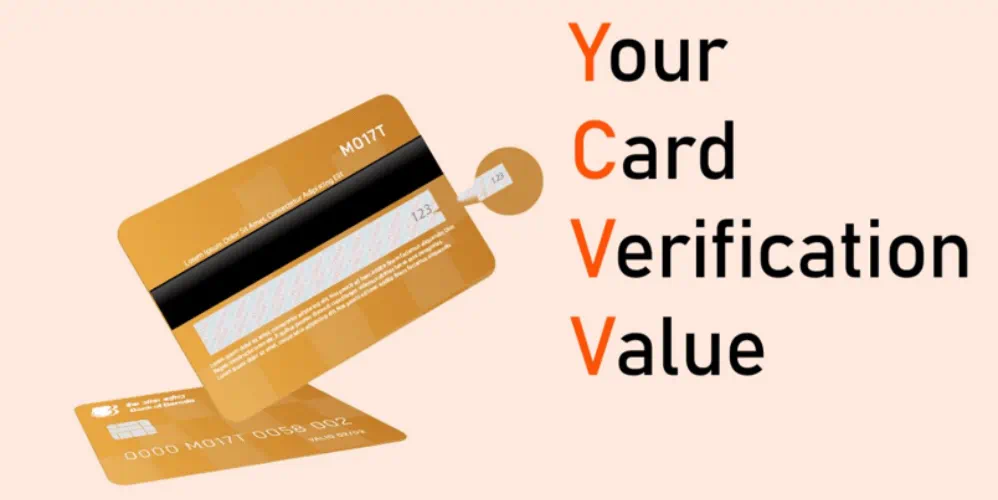
वर्ष 2022 में निवेश के 7 उत्कृष्ट विकल्प
25 जुलाई 2022

Table of Content
Investments allow you to draw a roadmap towards achieving your financial goals. They can help you build a corpus of funds for the future. With the COVID 19 pandemic, making investments that secure your future has become more important than ever.
There are multiple investment products and schemes that you can choose from. A few of them are market-linked, while others are government-oriented. Always keep in mind that an ideal investment should let you access optimal returns at minimal risk. Now, it may be confusing to understand where to invest money to get good returns. To help you get started on your journey of investing and saving, we have compiled a quick list of options that you may want to consider.
Government bonds
Government bonds are bonds offered by the government for direct purchase by individual investors. Earlier, these individual investors could only trade in government bonds through mutual fund investments. However, any individual investor can now directly invest in government bonds. The central idea of opening government bonds to individual investors was to encourage the domestic participation of investors in sovereign bond markets.
These bonds are issued by both the state and central government from time to time. The government declares the date of their offering beforehand. The state government bonds are known as state development loans (SDLs), while the ones issued by the central are known as G -sec or simply government bonds.
You can get these government bonds from E – Kuber, commercial lenders listed by the government, stock exchange, and brokerage companies. Government bonds are one of the best investment options as being backed by the government these bonds do not have any credit risk associated and can usually offer a predictable rate of return (if the investor stays invested till the maturity of the bond).
Sovereign gold bonds (SGB)
Opting for sovereign gold bonds is a great way to invest your money if you do not wish to invest in physical gold. A major benefit of investing in sovereign gold bonds is that you get the entire value of gold per gram prevailing on the day of sale. This is different from the sale of physical gold as you end up losing out on some percentage since most vendors deduct making charges. Further Sovereign Gold Bond investors also get a semi-annual pay-out of interest on the Initial investment (current interest rate for SGB is 2.5% on the initial investment).
Sovereign gold bonds are issued solely by the Reserve Bank of India (RBI). You can buy these bonds at any bank or post office in your locality. Some stock brokerage companies also offer to sell sovereign gold bonds.
Sovereign gold bonds are quite easy to maintain as they are available in denominations of one gram of gold. The minimum value of gold bonds that you can buy is one gram. The maximum limit of gold bond holdings is 4 kg for induvial buyers and 20 kgs for trusts. Over the years, sovereign gold bonds have proved to be an ideal higher-return investment.
Fixed deposits
For years, fixed deposits have been a popular investment option among all kinds of investors. They are one of the most secure forms of saving and considered to be one of the best investment plan for 3 years. Investing in fixed deposits is a great way to accumulate interest gains for both short and long periods.
Fixed deposit interest rates tend to be higher than what a regular savings account offers. A great benefit of a fixed deposit is that it can be liquidated quickly. So, if you need money for any emergency, you can go ahead and withdraw the funds with ease albeit with a penalty depending on the timing of exit. Further, you do not have to worry about losing your principal amount as fixed deposits are safeguarded from market volatility. So, you can be assured of receiving fixed investment returns.
You can also choose to renew your fixed deposit after 3 years if you wish to do so. The process of fixed deposit renewal is quite simple and hassle-free since you can set the renewal instructions when you create the deposit.
Mutual Funds
One of the prominent investment options in India as well as across the globe - Mutual funds are an ideal investment avenue which can potentially offer wealth creation and capital appreciation over the long term. It is a market-linked investment alternative, which invests money in various financial instruments such as equity, debt, money market instruments etc. The returns are generated as per market performance of the underlying investments.
Even though Investments in Mutual Funds are subject to market risks and risk exposure in mutual fund investments is usually higher, these products can potentially offer better returns as compared to other investment options in the market. Investors are advised to assess their risk profile as well as investment horizon to better evaluate investments in Mutual Funds.
Various types of Mutual Funds like Equity, Hybrid and Debt Mutual Funds can help an investor to address Short, Medium and Long term financial goals and generate inflation beating returns over the long term.
Gold exchange-traded funds (ETFs)
Gold exchange-traded fund investments are similar to buying physical gold. The key difference is that the physical gold will be stored with the depositor, and you will be offered bond units for them. The physical gold is used to derive the actual value of the units you hold.
To invest in gold exchange-traded funds, you need to have a Demat account. A Demat account is where your units will be stored. In case you do not have a Demat account, you can choose to invest in gold funds offered by a few banks.
One unit of the gold exchange-traded fund is equivalent to one gram of gold. So, the value of your unit rises each time the gold rate goes up. Gold exchange-traded funds are considered by many to be one of the best investment plan with higher returns because they can be traded like equity mutual funds in the open stock market. So, if your ETFs are performing really well in the market, you can expect to gain more profitable returns from them.
Another plus point about ETFs is that they have no mandatory lock-in period associated with them. You are free to sell your EFT units at any given point in time.
Public Provident Fund (PPF)
PPF account is one of the best investment options for individuals who have a low-risk appetite. PPF is a government-backed scheme, and the investment is also not market-linked. Due to this, it offers guaranteed returns to protect the investment needs of many people. As the returns from PPF accounts are fixed, they are used as a diversification tool for the investor’s portfolio. Additionally, they also offer tax-saving benefits as PPF falls under the Exempt-Exempt-Exempt (EEE) category. In other words, all deposits made in the PPF are deductible under Section 80C of the Income Tax Act (subject to maximum contribution of Rs 1.5 Lakh). Furthermore, the accumulated amount and interest is also exempt from tax at the time of withdrawal. It is however important to note that a PPF account cannot be closed before maturity.
National Pension Scheme (NPS)
NPS is one of the best investment option, which is government-backed and offers pension solutions. The fund invests in, bonds, government securities, equity and other investment alternatives as per the investor’s preference and risk profile. It offers two options- auto and active. Under the auto option, the funds are invested automatically in different assets, whereas the active option enables the investor to invest in assets as per their choice.
The lock-in period depends on the investor’s age, as the scheme only matures when the investor turns 60. As per this scheme, the accumulated interest is tax-free. And when one chooses for the lump-sum payment upon maturity, 40% of the maturity proceeds are tax-exempt. If one opts to receive the pension post maturity, the amount is taxable as regular income.
An investor may ideally confer with a financial advisor for more information on safe investments with optimal returns in India. They will be able to help you opt for an investment plan encompassing various different investment products that suit your financial goals – short term as well as long term.
Popular Articles
Related Articles



What is CVV on a Debit Card? Understanding Its Importance and Security Features


How to Update Your FASTag KYC: Step-by-Step Guide for Online & Offline Methods




The Importance of Pension Funds: Secure Your Future with Steady Retirement Income

-
डिस्क्लेमर
इस लेख/इन्फोग्राफिक/चित्र/वीडियो की सामग्री का उद्देश्य केवल सूचना से है और जरूरी नहीं कि यह बैंक ऑफ बड़ौदा के विचारों को प्रतिबिंबित करे। सामग्री प्रकृति में सामान्य हैं और यह केवल सूचना मात्र है। यह आपकी विशेष परिस्थितियों में विशिष्ट सलाह का विकल्प नहीं होगा । बैंक ऑफ बड़ौदा और/या इसके सहयोगी और इसकी सहायक कंपनियां सटीकता के संबंध में कोई प्रतिनिधित्व नहीं करती हैं; यहां निहित या अन्यथा प्रदान की गई किसी भी जानकारी की पूर्णता या विश्वसनीयता और इसके द्वारा उसी के संबंध में किसी भी दायित्व को अस्वीकार करें। जानकारी अद्यतन, पूर्णता, संशोधन, सत्यापन और संशोधन के अधीन है और यह भौतिक रूप से बदल सकती है। इसकी सूचना किसी भी क्षेत्राधिकार में किसी भी व्यक्ति द्वारा वितरण या उपयोग के लिए अभिप्रेत नहीं है, जहां ऐसा वितरण या उपयोग कानून या विनियमन के विपरीत होगा या बैंक ऑफ बड़ौदा या उसके सहयोगियों को किसी भी लाइसेंसिंग या पंजीकरण आवश्यकताओं के अधीन करेगा । उल्लिखित सामग्री और सूचना के आधार पर किसी भी वित्तीय निर्णय लेने के लिए पाठक द्वारा किए गए किसी भी प्रत्यक्ष/अप्रत्यक्ष नुकसान या देयता के लिए बैंक ऑफ बड़ौदा जिम्मेदार नहीं होगा । कोई भी वित्तीय निर्णय लेने से पहले अपने वित्तीय सलाहकार से सलाह जरूर लें।
सुकन्या समृद्धि योजना: आपकी लड़की के उज्ज्वल भविष्य के लिए निवेश
एक पुरानी कहावत के अनुसार, बालिकाओं को शिक्षित करने से देश की प्रगति होती है। इसके बावजूद, समाज में कई वर्ग हैं जहां बालिकाओं को बोझ माना जाता है और समान अवसरों से वंचित किया जाता है। इस दास्ताँ को बदलने और लड़कियों को समान स्थिति प्रदान करने के लिए, भारत सरकार ने सुकन्या समृद्धि योजना की शुरुआत की। आइए समझते हैं कि यह योजना आपकी बेटी के उज्ज्वल भविष्य के लिए आदर्श निवेश कैसे है।
7 PPF Account Benefits You Should know About
If you are looking for a low-risk investment option, a Public Provident Fund or PPF is the answer for you. It is a long-term investment tool that helps you save money as well as enjoy tax benefits. The returns on a PPF investment are high, too, making it one of the most popular investment products of India. PPF account and its benefits are endless but here are seven top benefits you should know about:
Low risk: One of the biggest Public Provident Fund benefits is that it is a safe investment product. Since PPF account is not linked to any markets and is backed by the Government of India, an important PPF account benefit is that it has little to no risk. The returns on your investment are guaranteed by the government, so you can invest in a PPF and relax. An additional PPF account benefit is that if, unfortunately, you default on your debts, the funds in your PPF account cannot be attached by a court order to pay off the debt.
Tax benefits: Any investment up to Rs 1.5 lakh in a year into a PPF account is eligible for tax benefits under section 80C of the Income Tax Act. So your investments will be deducted from your taxable income. Another Public Provident Fund tax benefit is that the interest you earn on your investment is completely tax free.
Nomination benefits: A PPF account can be opened by anybody, including minors. Minors can invest in a PPF account under the guidance of a legal guardian. An important public provident fund benefit is that the account comes with a nomination option. So, you can nominate a beneficiary to your account in the unfortunate case of your death.
No minimum limit: With a PPF account, there is no minimum limit on deposits. You can start as low as Rs 500 and go on increasing the funds up to Rs 1.50 Lakhs.
Good returns: While you have the liberty to invest as low as you want, your returns are guaranteed by the Government of India. One of the PPF account benefits is you can also decide if you want to invest monthly or at once. For Quarter Jan-Mar 2020, the interest rate on a PPF account is 7.9% compounded annually.
Liquidity and loan facilities: A PPF account goes a long way at your time of need. One of the PPF account benefit is that you are eligible to get a loan from the Bank against a PPF account you hold with them from the 3rd F.Y. till end of 6th FY. In case of emergency, you can also make partial withdrawals from your PPF account on completion of five years from the end of the year in which the account was opened.
Flexible tenure: A PPF benefits after 15 years when the account tenure is over. Upon maturity you can decide to withdraw the entire amount or further invest in the PPF for an additional five years by applying for account extension within one year of maturity.
These are the top benefits of a PPF account. There are more advantages such as a PPF account can be transferred from your bank to a post office or other bank near you. You can also have your PPF account moved to a different Bank of Baroda branch. To invest in a safe and reliable investment tool, click here.

